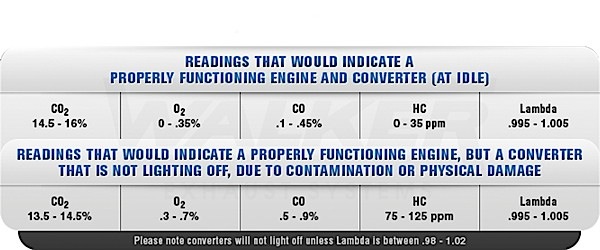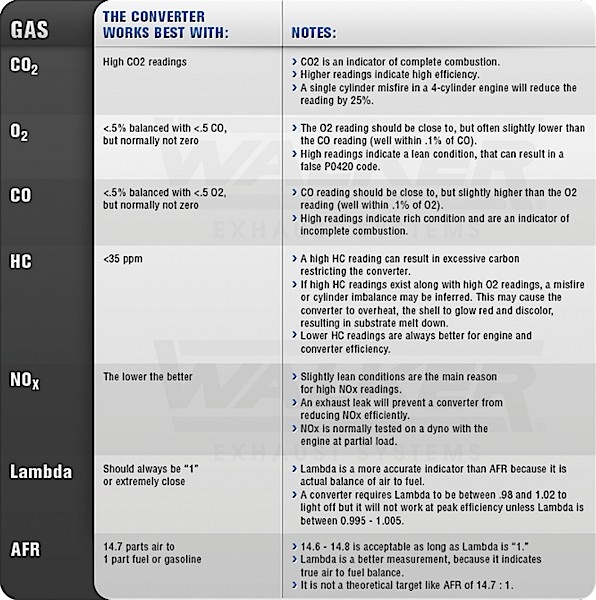

Volvo Engine Service
There are many combinations for the Volvo modular engine.
If an engine manages to stay in production for 25 years, it is a testament to the engineering inside. This is the case of the Volvo Modular Series engine that outlasted Ford and was just retired by Geely. The Volvo modular design that can have four, five or six cylinders made its debut in 1990 in the 960 sedan as a six-cylinder and never stopped improving.
Servicing Mercedes-Benz AMG Brakes
Take a look at some of the things you need to know in order to service the brakes on a Mercedes-Benz AMG vehicle.

AUDI Outside Air Temperature Readings
Incorrect readings can be avoided.

Mercedes-Benz ABC Suspensions
The system provides great ride & handling, but it can be complicated to service if you do not have the right training.

Audi TFSI/FSI: Oil Consumption And Carbon Buildup
Technical Service Bulletins can be valuable in helping solve vehicle problems. But sometimes, it takes multiple TSBs to find a pattern failure or the “root cause” of a problem. In the case of the Audi/VW 2.0L Fuel Stratified Injection (FSI) engine introduced in 2006, three problems related to engine carbon and fuel issues are connected

Other Posts
ZF Expands SACHS CDC Shock Line for U.S., Canada
The release expands ZF’s line by more than 70% reflecting growing demand for advanced damping technology in the aftermarket.
Philips Announces Xperion 6000 LED Under Hood Work Light
It features a motion detection switch that allows mechanics to turn the light on and off with a wave of their hand.

Snap-on Announces Latest Software Release
The latest software includes new coverage, guided component tests and features.
Continental Tire Opens Retread Solutions Center in South Carolina
The company said it hopes to uncover new improvements and technologies to innovate the retread process.




